Door hinges must, first and foremost, be fairly strong since continual usage exposes them to rust and wear. Even though stainless steel is just as robust as brass, it is very prone to rust, especially in areas close to saltwater or seas. This disqualifies it from use as an outside hinge. Read More…
We take our customer evaluations as our only measure of success. If our customers are not happy, we are not happy! We will work with you until we find the right hinges solution for you.
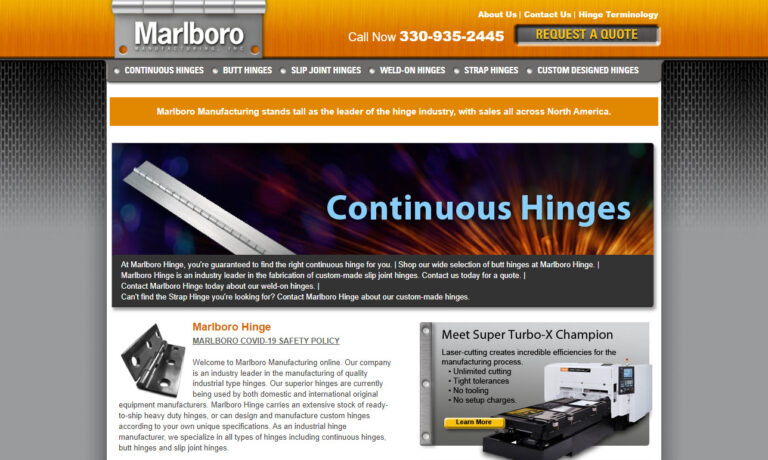
Brookfield Industries is a manufacturer of high-capacity door hinges and pivots. We also manufacture special application door operators with a full-line of detention grade and industrial stainless steel hinges with capacities ranging from 300 lbs to 50 tons. We offer seven categories of hinges, and within those categories we offer several subcategories – we can meet your company’s hinge needs.

We are here to provide you with any hinge you could ever possibly need! We are the hinge specialists committed to bringing you a level of customer service that is unmatched by the competition.
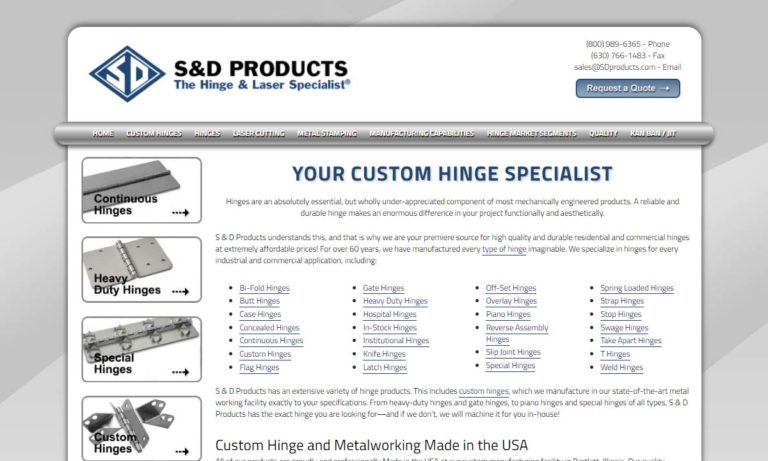
Hardware Mfg. supplies stock inventory parts in addition to creating custom components for OEM and resellers. We work with a number of different industries such as agriculture, drug tablet, livestock, truck equipment, conveyors, and more.
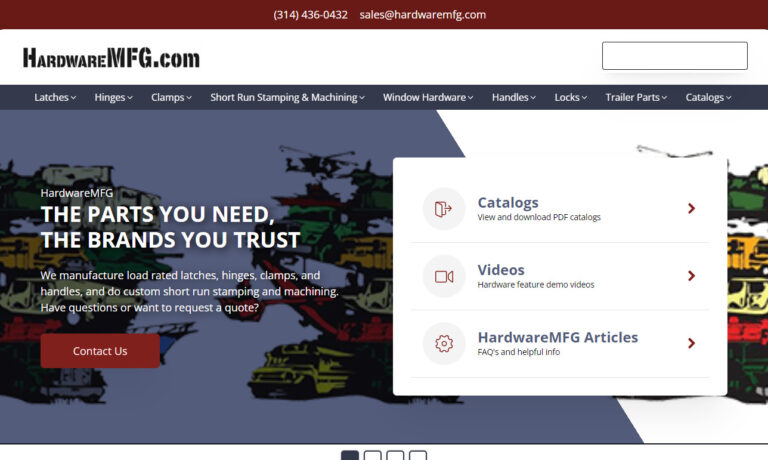
Specializing in custom-made hinges is what Hinge & Hardware is known for. We also stock certain types of standard models to round out the availability for our customers. The aforementioned are available as mild steel, aluminum and stainless. We also have a wider hardware line that includes door seals, gaskets, handles, a variety of latches and enclosure hardware.

More Brass Hinge Manufacturers
Door hinges must, first and foremost, be fairly strong since continual usage exposes them to rust and wear. Even though stainless steel is just as robust as brass, it is very prone to rust, especially in areas close to saltwater or seas. This disqualifies it from use as an outside hinge. Brass, on the other hand, is a highly robust metal that can endure poor weather and different air conditions, such as rain, smog, and salt air, even though it needs further salt water treatment. In addition, brass can produce thicker hinges than stainless steel.
Another thing to remember is that brass hinges cost more than steel hinges but provide completed products with a high-quality Victorian or antique appearance. Even now, some of the same intricacies can be included in their design. Brass finishes quite well and holds a wide range of colors. Materials can be completed with polish, lacquer, chrome plating, Japanese plating, or plain copper. Brass hinges can also benefit from using lacquer, a liquid made of synthetic ingredients or shellac dissolved in alcohol. Lacquer increases durability and dependability since the lacquer curing process provides a hard, protective covering.
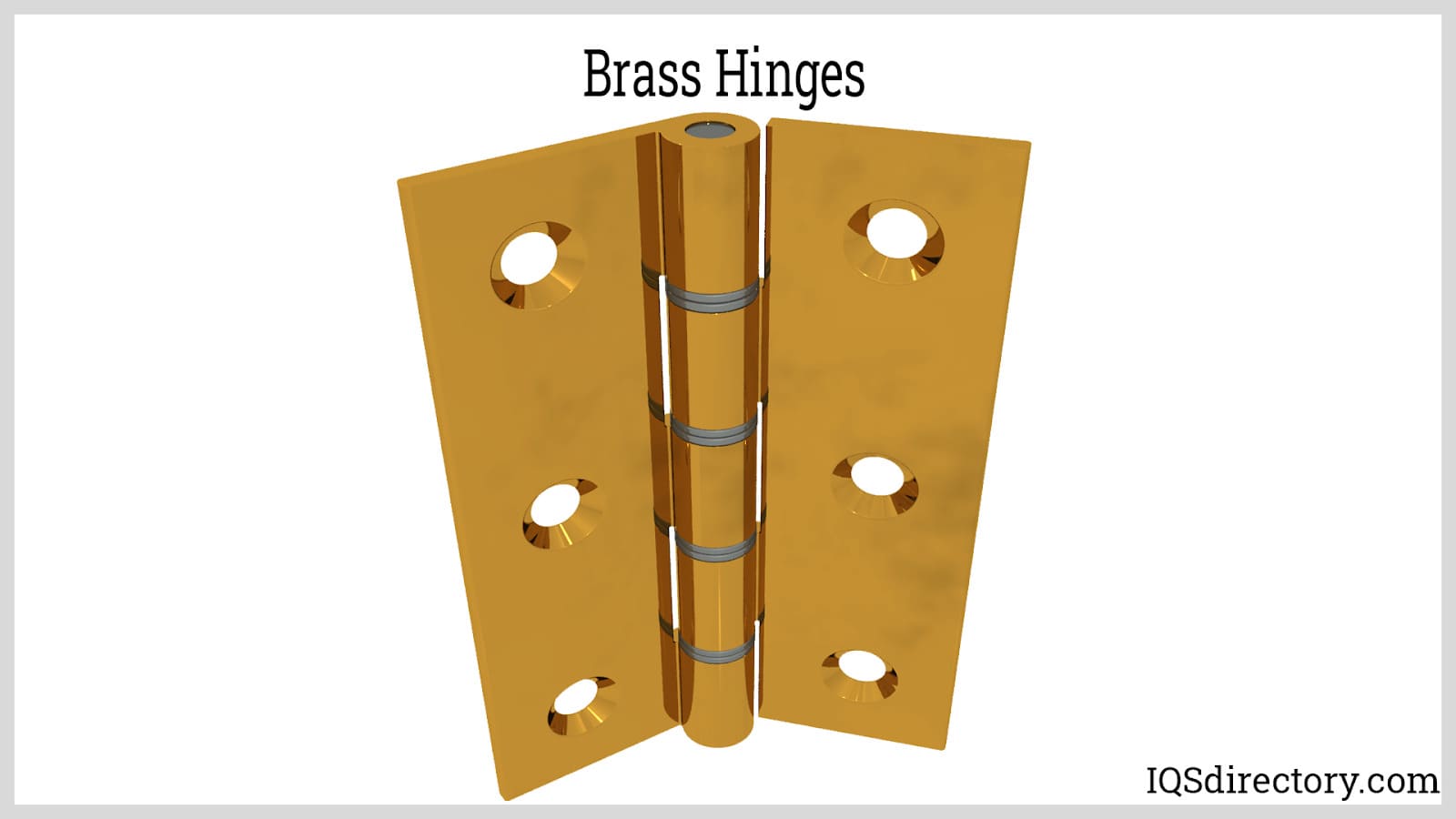
Materials used for Brass Hinges
Many different types of base materials are available for hinges and hardware. Different materials are often desirable for different circumstances.
- Brass is an alloy usually made of copper and zinc.
- Keep in mind that brass is a material that, depending on how it is treated, may and will patina with time.
- A hinge's biggest component is the leaf plate. The flat plate projects laterally from the door and is fastened to the frame. Typically, leaf plates contain holes for the screw to slide through.
- Although the metal tends to be yellow or gold, it is frequently coated and lacquered to vary its look while retaining its favorable base metal properties.
- The round, hollow portion of the hinge's midsection known as the "knuckle" is where the pin enters and keeps the leaves in place.
- The center portion of the hinge, known as the barrel, is made up of a row of knuckles.
- A door can swivel because of the pin, the long hinge which passes between the barrel keeping the leaves together. The door comes off after it is removed.
- There are several variations when it comes to finishing. A lacquered paint is used to cover many different surfaces.
Construction of Brass Hinges
- The solid brass hinges are made from extruded pieces that are precisely fabricated to meet tight tolerances and are equipped with various bearings for demanding applications.
- Because brass has a high copper concentration, it has inherent antibacterial properties.
- Some brass hinges, which employ a unique bearing system, can support doors weighing up to 176 lbs (80 kg).
- These hinges may be used with fire-resistant door sets since they have passed independent fire testing and received a CE mark.
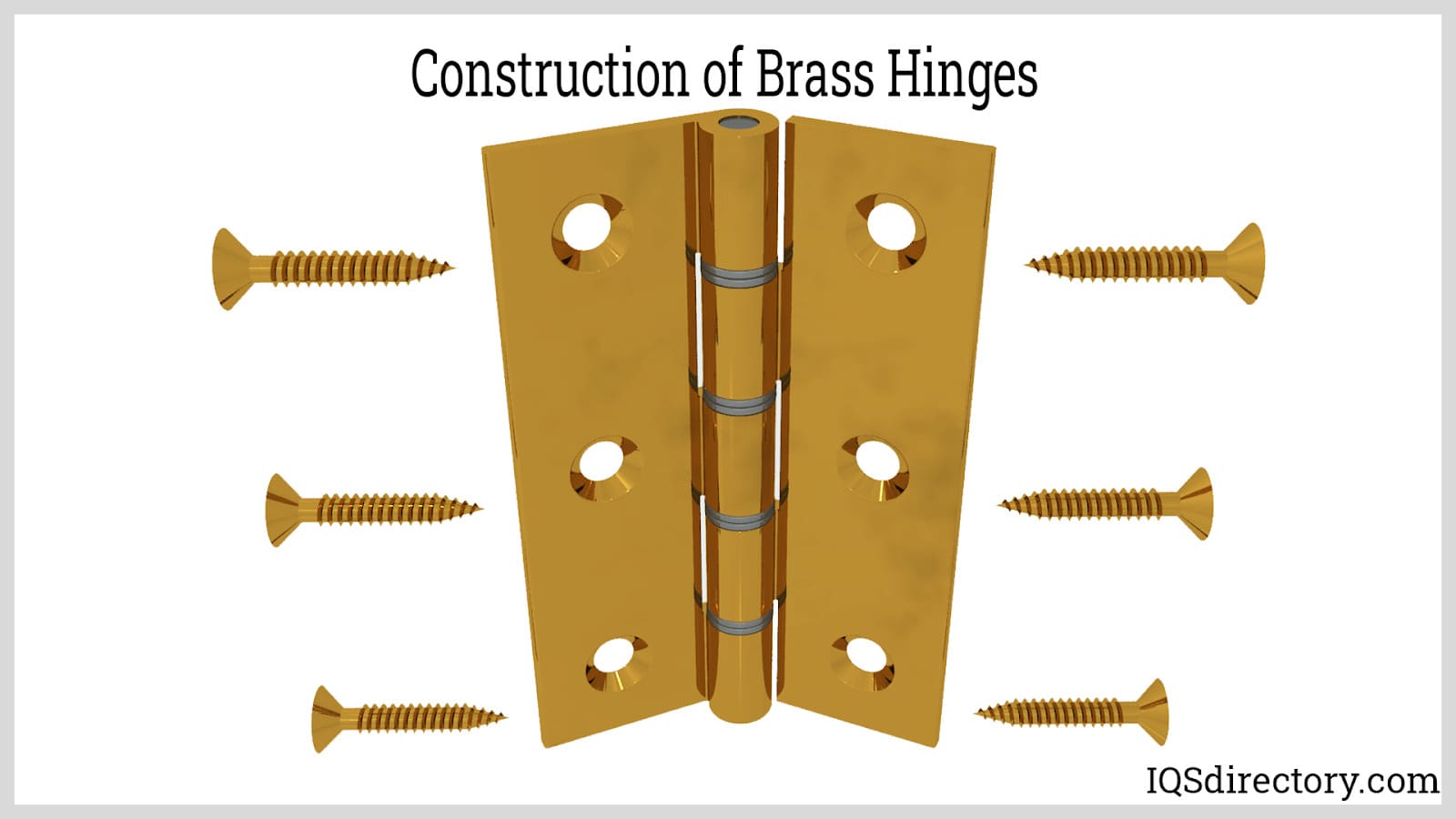
Working of Brass Hinges
- A door hinge connects two solid things: the door frame and the door itself.
- The rotational action of a door hinge permits the door to open and close.
- Mechanical bearings and door hinges are frequently constructed of brass, stainless steel, or steel.
Benefits of Brass Hinges
- Brass hinges are sturdy and can withstand many storms, giving them a timeless appearance and guaranteeing they will survive for many years.
- Brass is a ductile metal that creates a robust and dependable hinge.
- It is break-resistant yet easily moldable.
- Brass hinges also have high corrosion resistance and don't rust easily.
- In addition to being strong, they have a premium visual appearance.
- Various treatments make brass more adaptable in terms of aesthetic appeal.
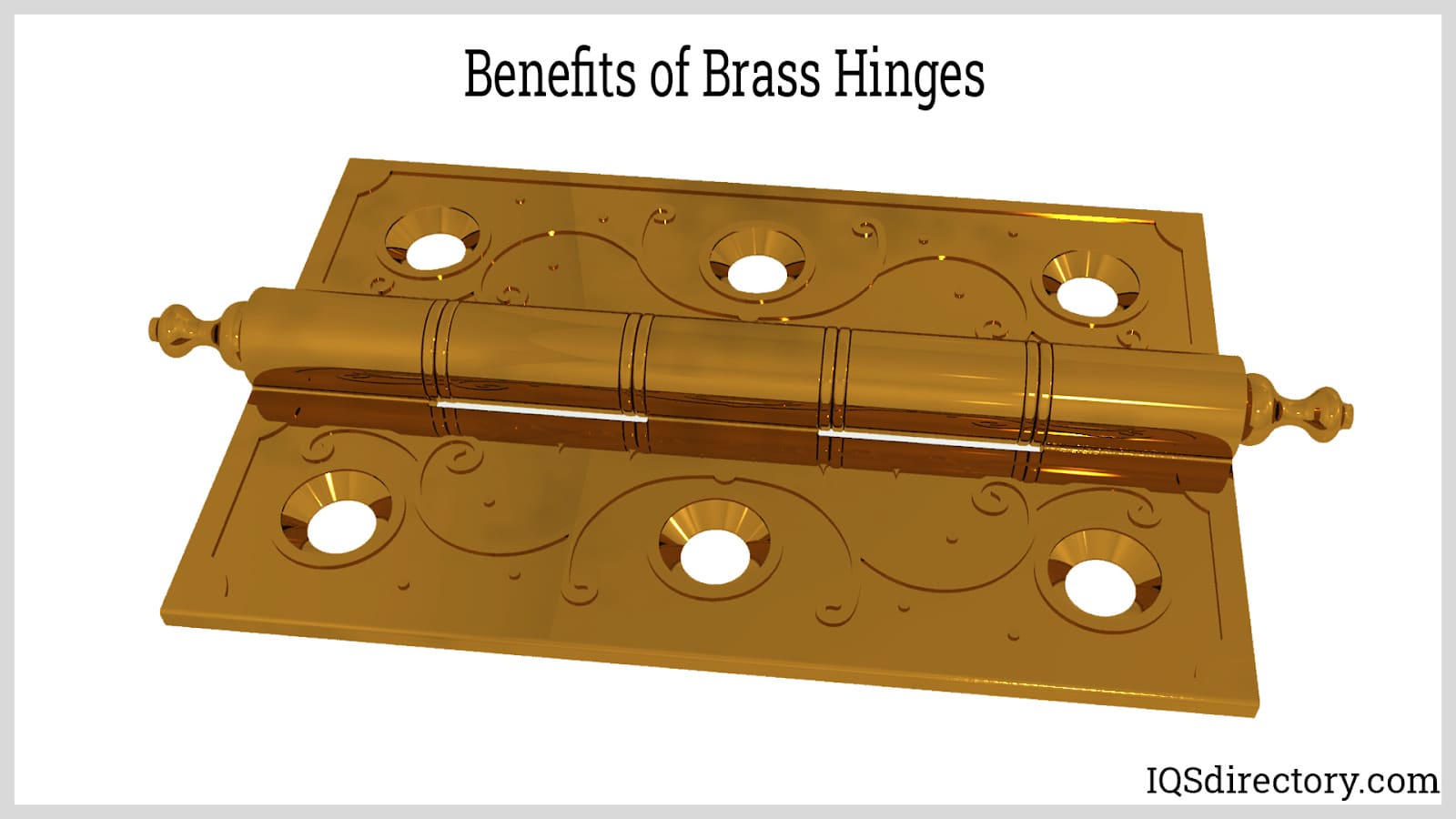
Applications of Brass Hinges
- Brass, which is very malleable and produces less friction, is very helpful in metal casting, particularly hinges.
- They are frequently used as decorative accents for various door hardware.
- One of the most often used hinges in residential settings is brass butt hinges. Brass hinges are ideal for various residential uses, including cabinet hardware, furniture, and windows.
- Brass hinges go nicely with buildings and ironwork with antique designs for traditional home types.
- Despite being softer than other metals, brass is robust enough for most hardware applications.
Choosing the Correct Brass Hinge Manufacturer
To ensure you have the most beneficial outcome when purchasing brass hinges from a brass hinge manufacturer, it is important to compare several companies using our directory of brass hinge manufacturers. Each brass hinge manufacturer has a business profile page highlighting their areas of experience and capabilities, along with a contact form to directly communicate with the manufacturer for more information or request a quote. Review each brass hinge business website using our patented website previewer to quickly learn what each company specializes in. Then, use our simple RFQ form to contact multiple brass hinge companies with the same form.




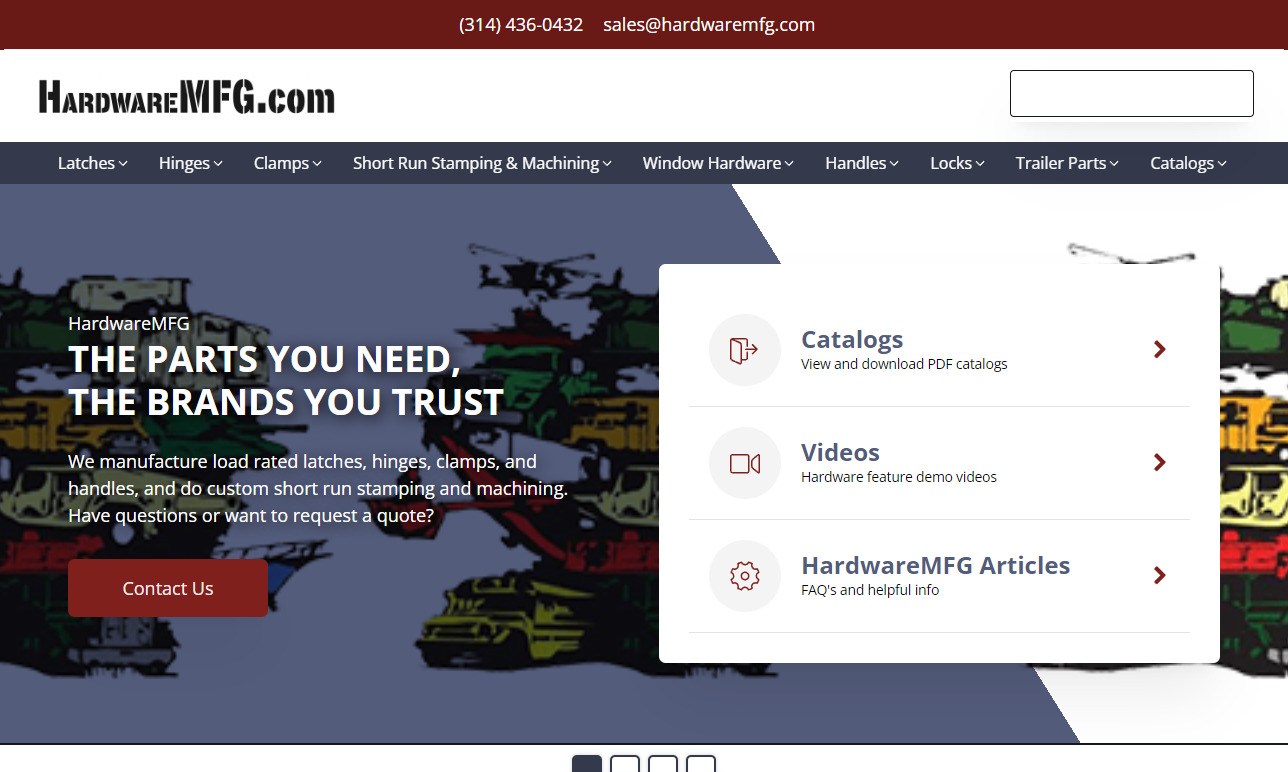

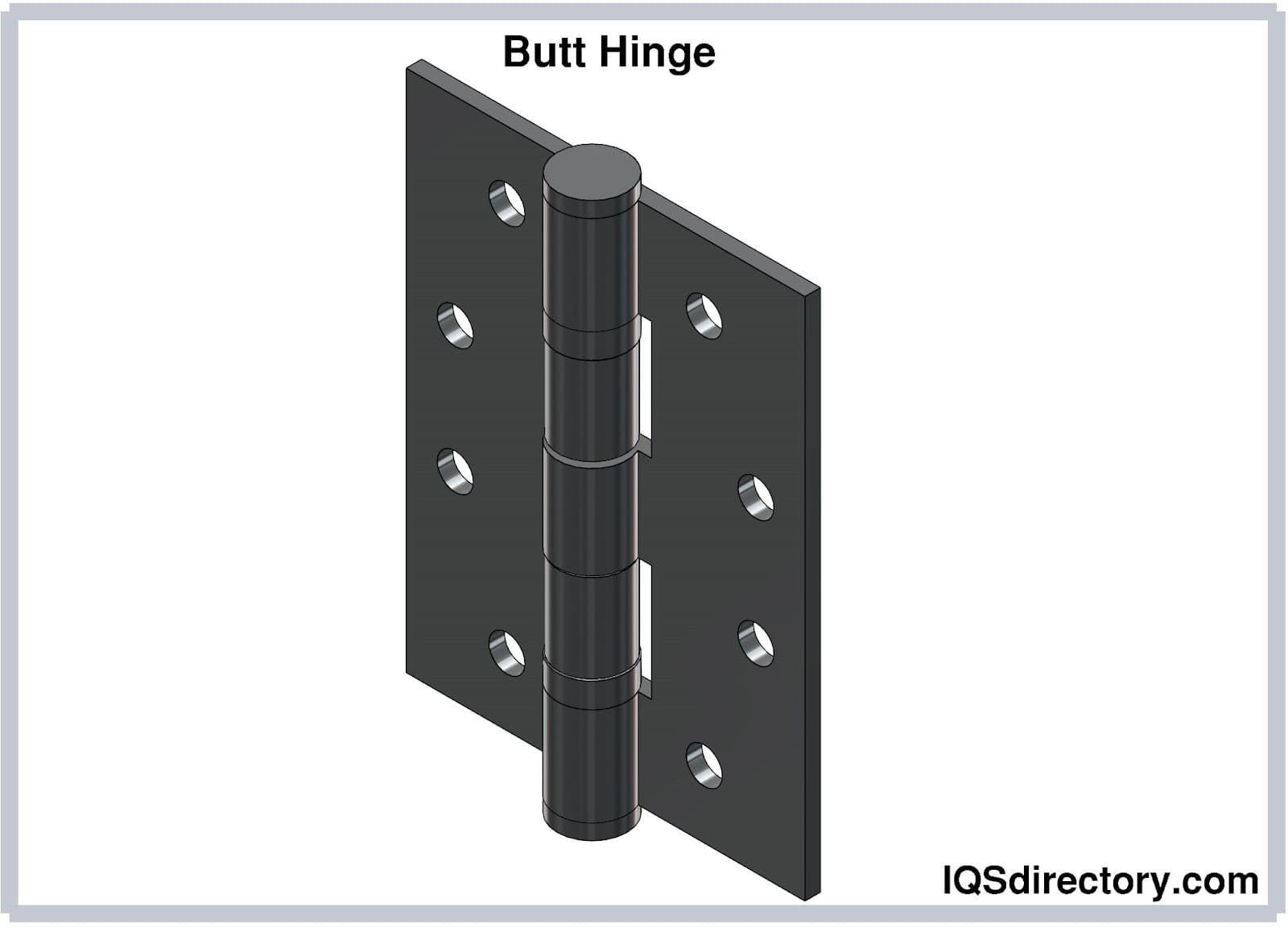
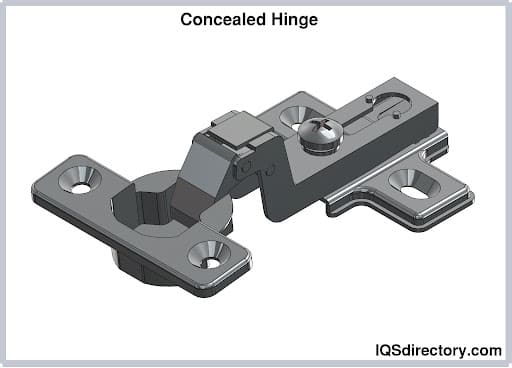
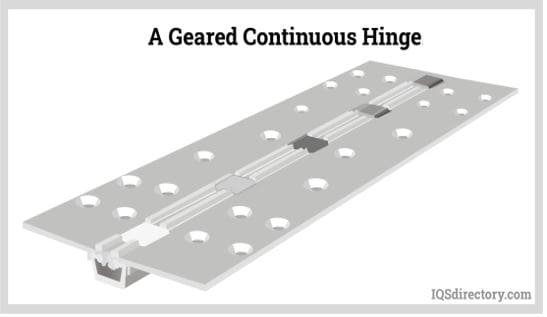
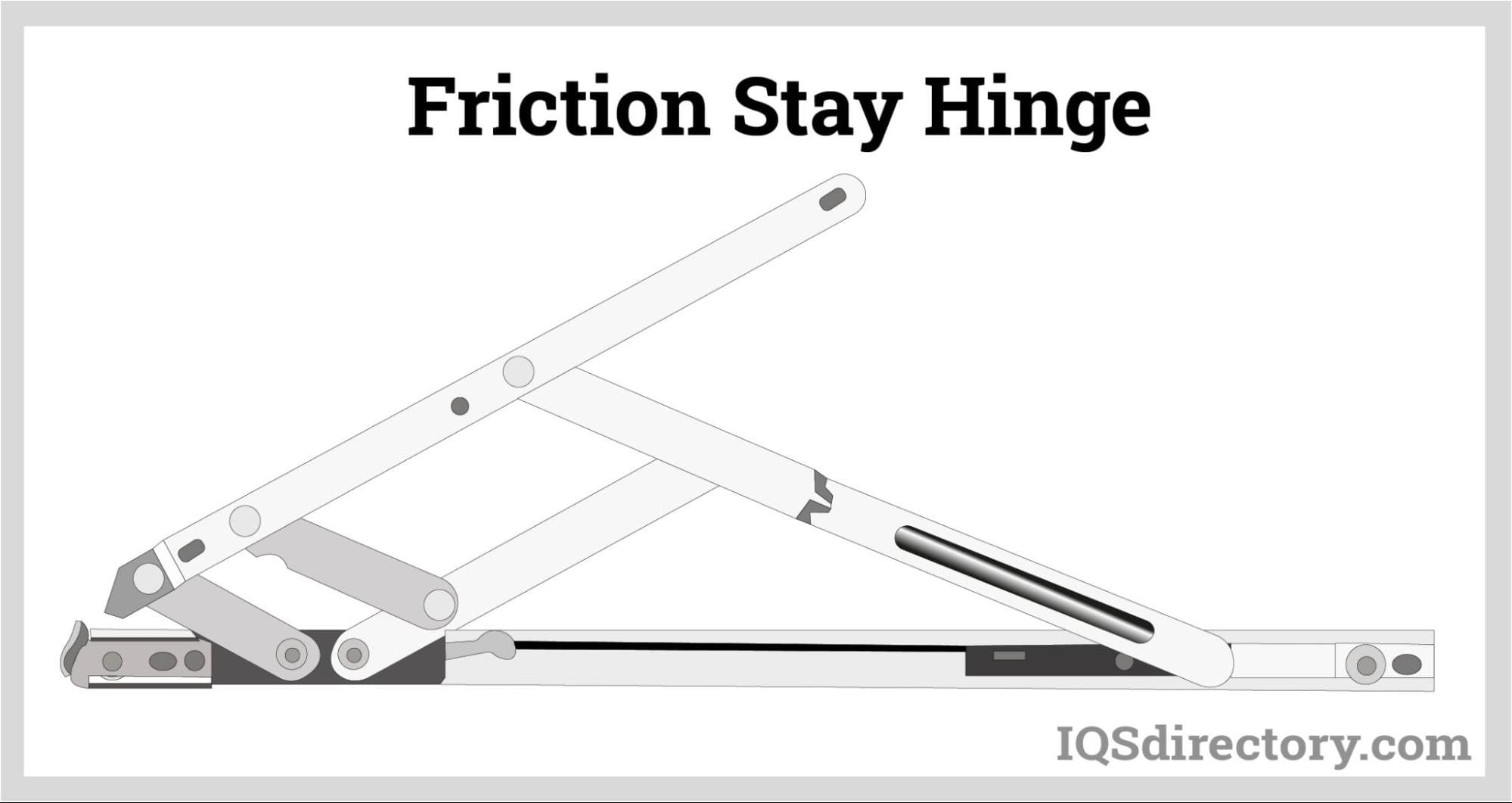
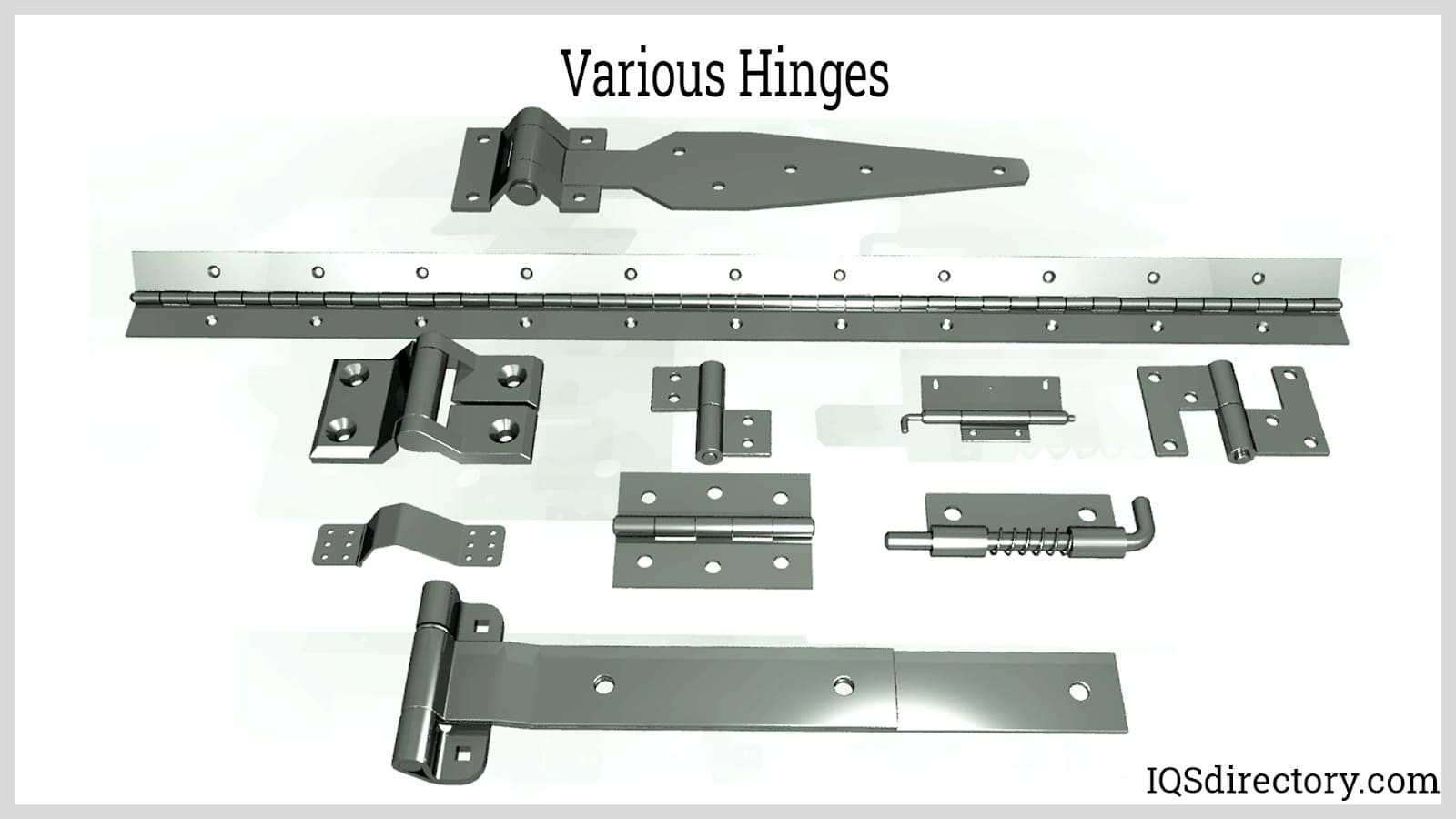
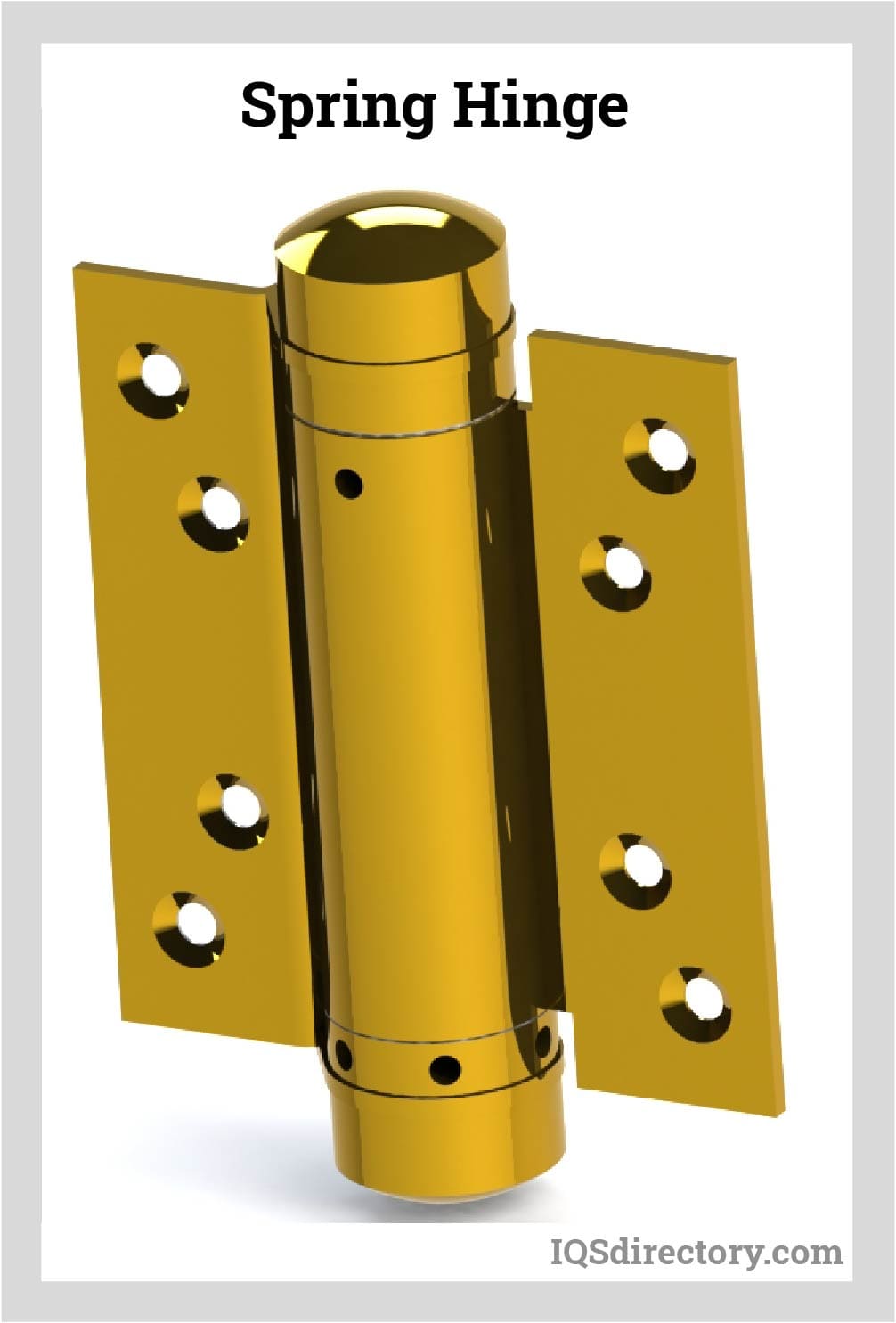
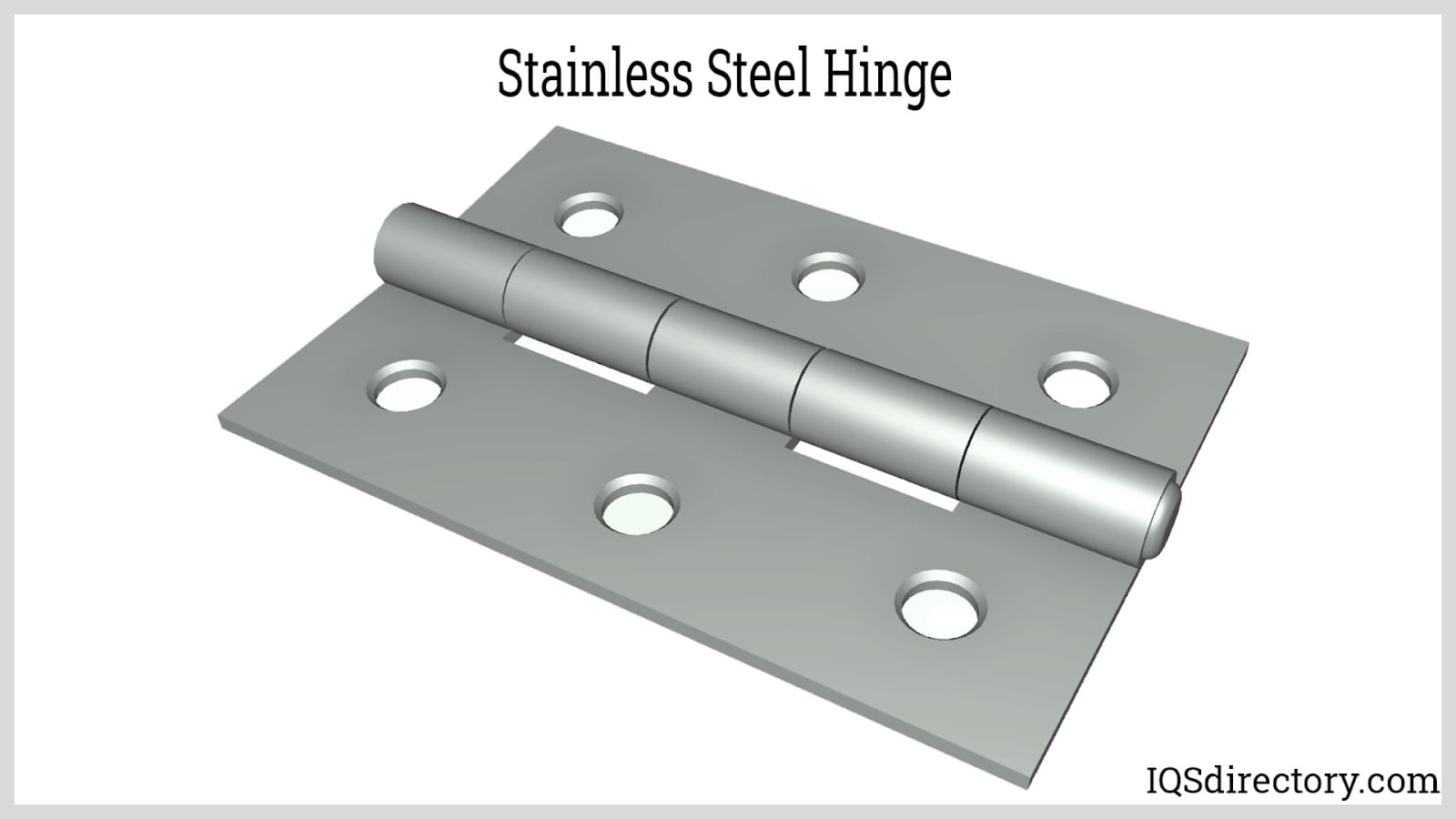
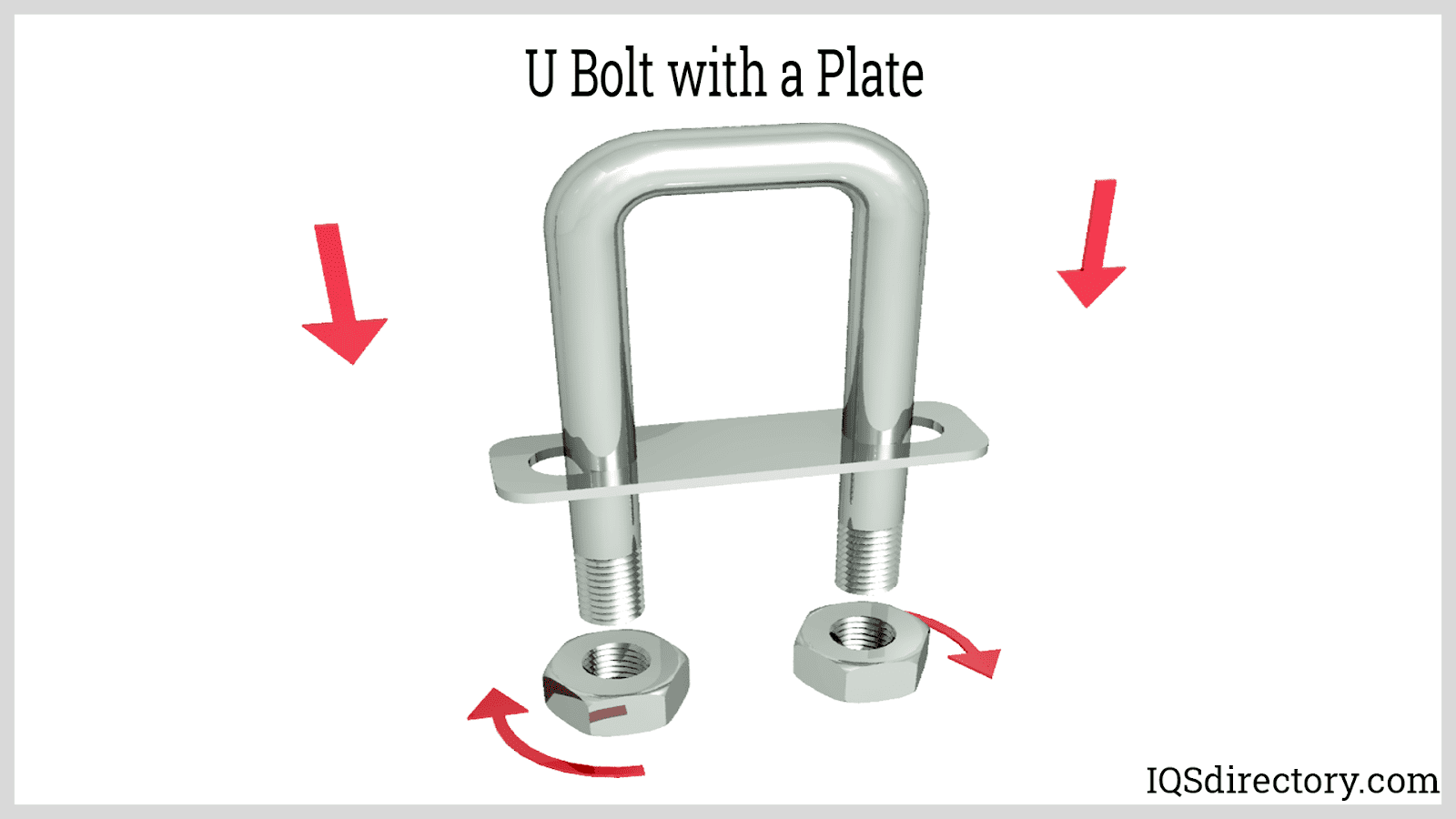

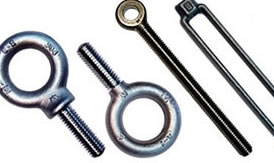 Bolts
Bolts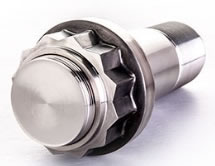 Fasteners
Fasteners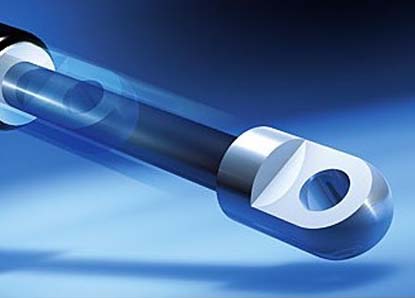 Gas Spring
Gas Spring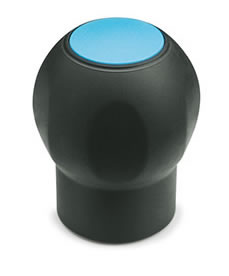 Handles
Handles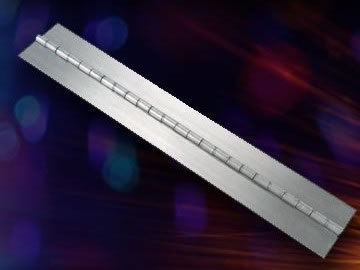 Hinges
Hinges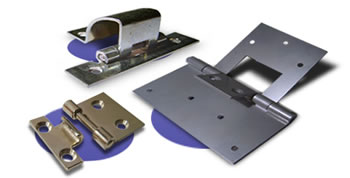 Latches
Latches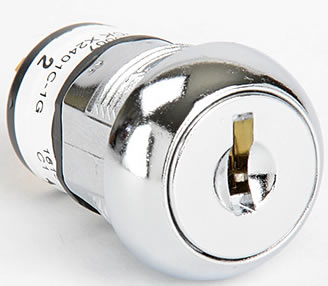 Locks
Locks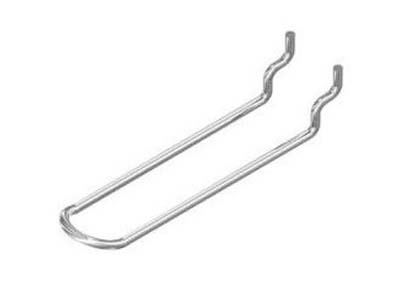 WIre Hooks
WIre Hooks Castings & Forgings
Castings & Forgings Bulk Material Handling
Bulk Material Handling Electrical & Electronic Components
Electrical & Electronic Components Flow Instrumentation
Flow Instrumentation Hardware
Hardware Material Handling Equipment
Material Handling Equipment Metal Cutting Services
Metal Cutting Services Metal Forming Services
Metal Forming Services Metal Suppliers
Metal Suppliers Motion Control Products
Motion Control Products Plant & Facility Equipment
Plant & Facility Equipment Plant & Facility Supplies
Plant & Facility Supplies Plastic Molding Processes
Plastic Molding Processes Pumps & Valves
Pumps & Valves Recycling Equipment
Recycling Equipment Rubber Products & Services
Rubber Products & Services